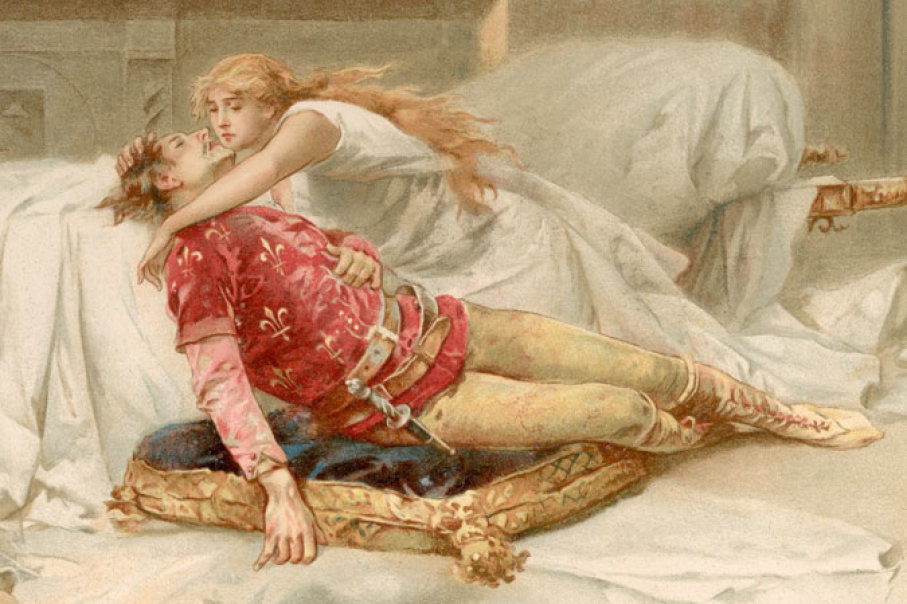This is my self-assessment. My final reflection for the FIQWS 10108 course. It’s been fun, and I learned a lot. This is it.
Author Archives: Luz Estevez
Pecola’s Dissociation

Leaving With a Bang: Critical Research Paper/Reflection
This was the final paper for the FIQWS 10108 course. In this paper, my progress and development as a writer throughout the semester is evident. Comparing my first paper to this one, I can say I am proud of the growth as a writer that I have accomplished.
Emily’s Perversion

The Black Cat

I first read Edgar Allan Poe’s The Black Cat when I was in 8th grade. However, I had no clue about what was going on and was just utterly clueless, and in class we just had a discussion on whether or not the narrator was insane or he was a cold-blooded murderer. Reading this story again with insight and knowledge on psychoanalysis, the story made a whole lot of sense now. This image represents the narrator’s most horrendous, inhumane act throughout the story, and the cat represents his torment, his source of insanity and the reasoning as to why he committed the acts he did. Throughout the course of the story, we see the huge role psychoanalysis plays in this text with concepts such as wishful impulse and the narrator acting upon it, repression, displacement, and literally so much more. There is usually a superstition on black cats and how they are usually bad luck; I guess this story is the perfect example for that.
Exploratory Essay/ Reflection
The exploratory essay was the second formal essay I completed for this course. This is where I began to develop analytic skills in which I started to learn more about how to properly analyze and interpret different texts. This is also where I began to be more open and develop new strategies when revising/peer reviewing.
Literacy Narrative/ First Paper of The Year!!!
This was my first college paper for the FIQWS course. Looking back at it now, it’s a mess. This is basically how I started off the semester for composition.


